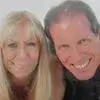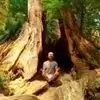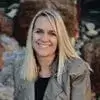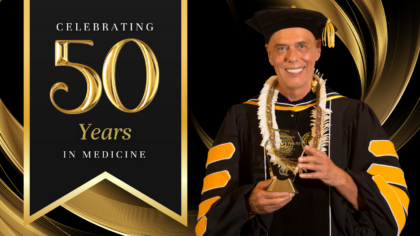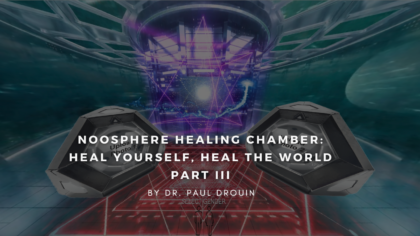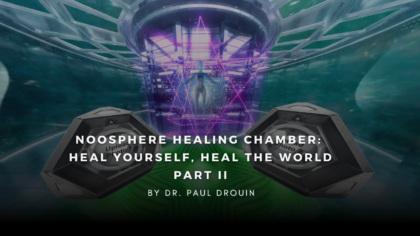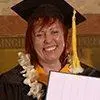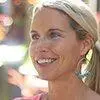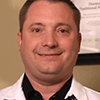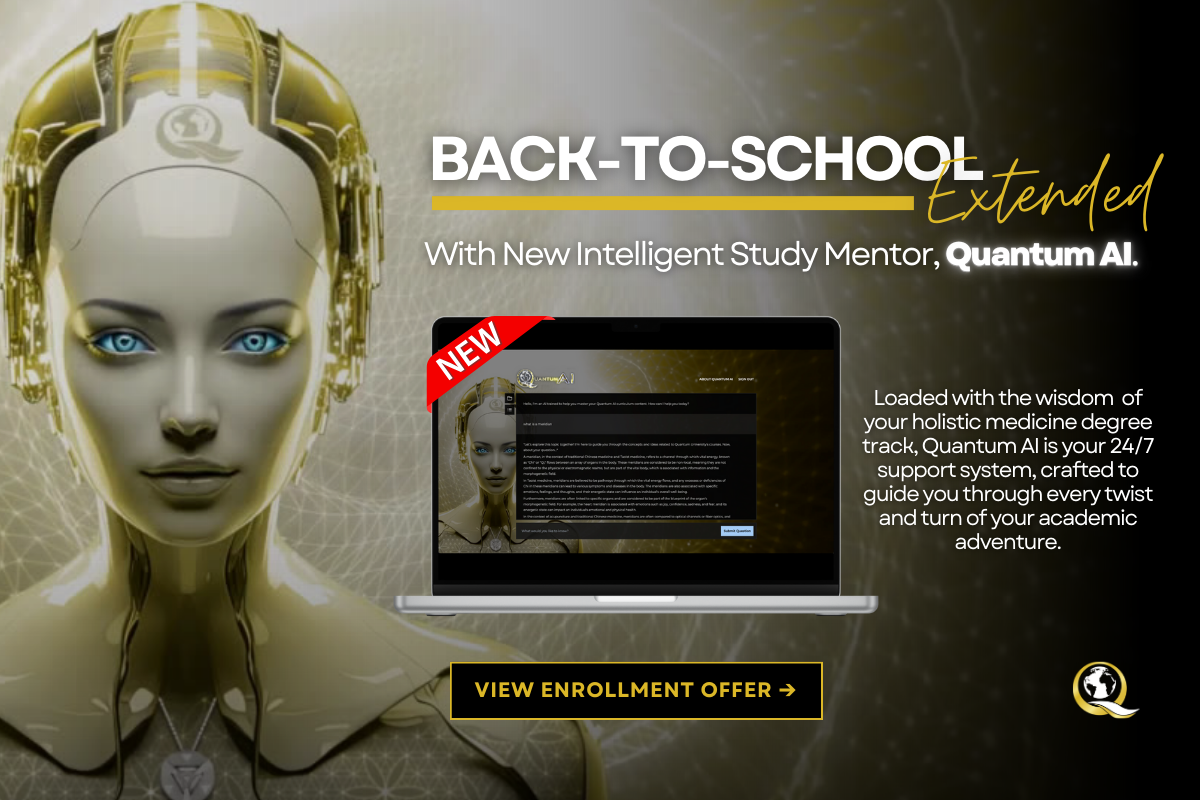Quantum Creativity (Part 2 Incubation and Part 3 Sudden Insight)
Part 2: The Incubation Period
The second part of the quantum creativity process has been described by Dr. Goswami as the incubation period, where the unconscious comes into play. Everyone has experienced an original idea at least once in their life when they least expected it—either in a moment of silence or after a period of relaxation or a good night’s sleep.
History has revealed to us so many of these anecdotal incidents, from Archimedes to Newton, true or false but easily accepted by common sense. For the clinician, what is important to remember is that you can’t force the process. This is where the frustration comes from because in the usual model of medicine, things are expected to get fixed just by taking a pill.
Recognizing the entanglement between the healer and the healed is crucial, since the limitations of the doctor/practitioner are one with those of the client/patient. We have already touched on this subject, but the unconscious aspect of the client can be tainted by the limited awareness of the doctor. Not surprisingly, many patients have had to walk away from standard treatments to explore other paths of healing for their own survival.
Suzanna Markus, who wrote the book 6 Months to Live 10 Years Later: An Extraordinary Healing Journey & Guide to Well Being (2007), is a living testimony of a breast cancer survivor who courageously transformed a dramatic event in her own healing journey into the realization of her own full potential of a vital life. She did this while walking away from the conventional path.
A common denominator in all of these stories of courageous women is that they truly went on le chemin le moins fréquenté (the road less traveled). They had to reinvent their lives after going through a personal growth experience.
Part 3: Sudden Insight
The third phase of quantum creativity is certainly the most fascinating and has been described as the sudden insight, the ah-ha moment. In practice, there are as many ah-ha experiences as spontaneous healings in the history of medicine. You have already read several such stories in this book, but you should not expect a specific scenario. These are like love stories. Even though you have read many of them, none seem the same, and it is always unique and personal for those who experience it.
So no expectations—it happens when it happens, or if it has to happen. The doctor is not in control of it, nor is the client/patient. The most favorable attitude, and what is revealed in all of these testimonies, is a state of acceptance and appreciation for everything. It doesn’t mean resignation; it’s more of an active gratefulness for what is and what will happen. There is a moment of creativity that comes with the letting go of it or when surrendering to something greater than me.
When vital energy movement is similarly unbalanced and the vital blueprint is faulty, it is to leap into the supramental and create a new blueprint of the desired vital function … (Goswami 2004, 238).
Waiting for the supramental intelligence to descend and create the same kind of revolution at the feeling level as the creative insight at the mental level, the next effect of the quantum leap, is the coming into existence of new blueprints to help consciousness to rebuild—regenerate the used-diseased organs (Goswami 2004, 243).
Sudden insights come from the supramental. Creative intuitive moments can manifest like grace, leaving the ego on the side and, helped by the right attitude and a positive environment, encouraging the healer-healed relationship.
I myself have observed modifications of the morphology of blood in many circumstances when witnessing the phenomena of spontaneous healing.
I believe that these moments of creativity are manifesting themselves more often than we realize. Most of the time, the practitioners, either through lack of attention or by ignoring the phenomenon, don’t capitalize on the preciousness of this information. But this isn’t the only problem here.
Even if a doctor has some knowledge of this event, it may often only signal the beginning of the journey. In some cases, but in my point of view rarely, the event may be so powerful that it will create an instant revolution that will impact the physiology of the individual. However, this is typically just the initial awakening that the practitioner can build upon and help a client with and, through the use of multiple strategies, convert into a definitive healing.
* * *
Drouin, P. (2014) Creative Integrative Medicine, pp 46-50.
SheQuest by Estelle Thompson, featuring Dr. Paul Drouin
Recently I was interviewed on a podcast – SheQuest by Estelle Thomson (artist, yoga teacher, Psy M, and my daughter). Listen to the full podcast below:






